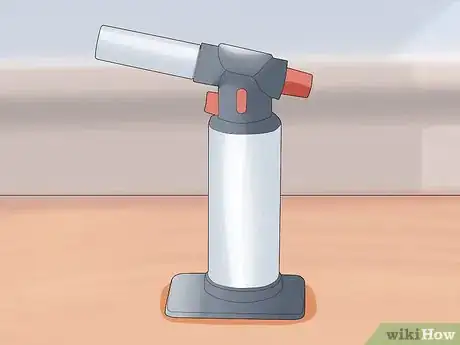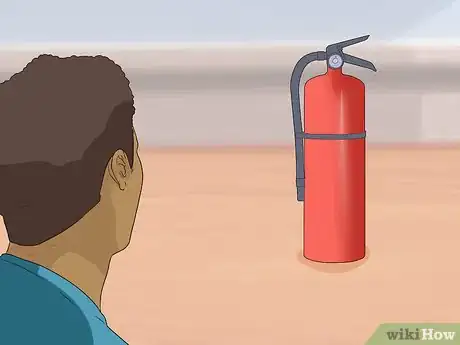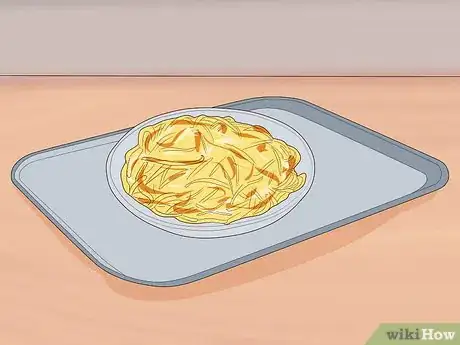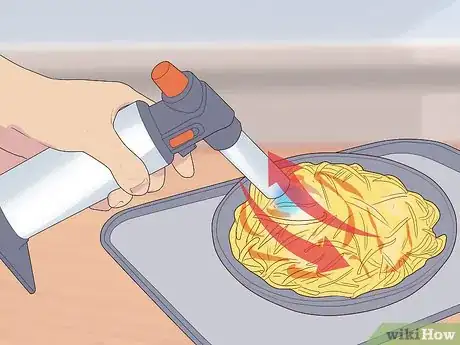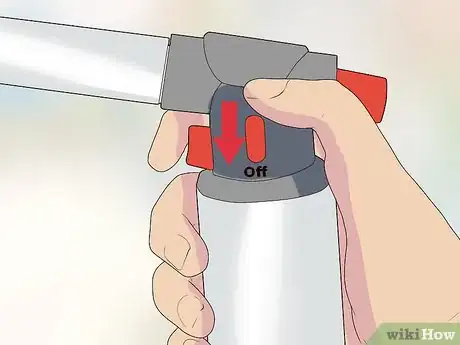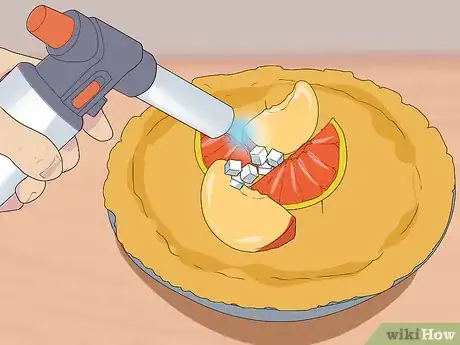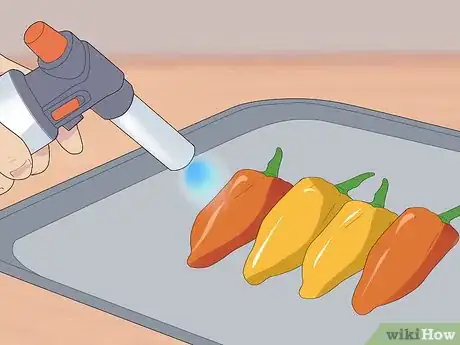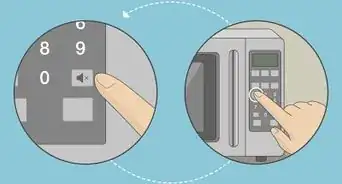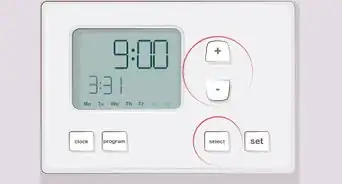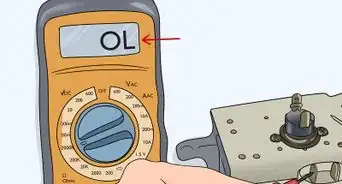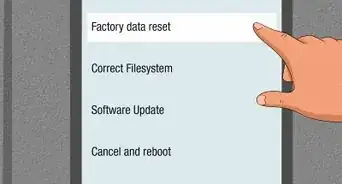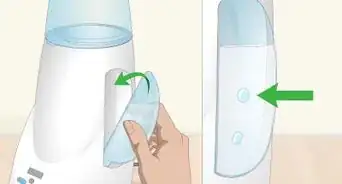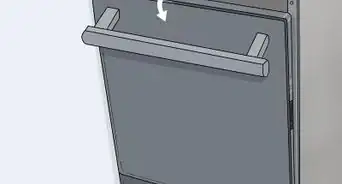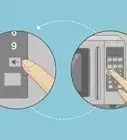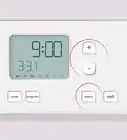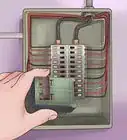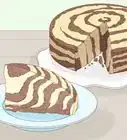This article was co-authored by wikiHow Staff. Our trained team of editors and researchers validate articles for accuracy and comprehensiveness. wikiHow's Content Management Team carefully monitors the work from our editorial staff to ensure that each article is backed by trusted research and meets our high quality standards.
This article has been viewed 29,443 times.
Learn more...
A kitchen torch is a great addition to your kitchen. If you want to add smoky or carmelized depth to your favorite dishes, you may find a kitchen torch useful. To avoid burns and torch taste, it is necessary to follow simple safety precautions. Once you have it down, it is a relatively simple tool to use and can help you bring depth to a range of recipes.[1]
Steps
Setting Up a Safe Workspace
-
1Buy a kitchen torch. Look for a kitchen torch that has a fuel gauge, so that you can keep on eye on how much fuel is left in your torch. It is also wise to pick one that has hands-free operation, which will allow you to operate the torch without constantly holding down the ‘on’ button.
- You can purchase a kitchen torch at specialty kitchen stores or online. Kitchen torches cost between $30 and $60.
- You can get kitchen torches that use gas, butane or other fuels. If you purchase a torch online, make sure you know where to purchase the fuel in your neighborhood so that you can easily get refills.
- Typically, the fuel canisters will screw onto the back of a kitchen torch.
-
2Take safety precautions. Turn on the fan in your kitchen. Make sure you know where the fire extinguisher is located in your kitchen. Clear a surface for torching by removing any flammables such as kitchen towels and plastic items. Place a sturdy metal tray or cast iron grill on your kitchen counter or stovetop to prepare for torching. Finally, you should wear a kitchen apron and make sure your clothing does not get in the way of the flame.[2]
- Keep in mind that a kitchen torch can melt common metals such as aluminum and copper.[3]
- For instance, acrylic clothing and fleece jackets tend to be quite flammable.
Advertisement -
3Place your food items on the sturdy metal tray. Prior to turning on your torch, you should have your food items prepared. Place the food items on a sturdy metal tray, such as a steel cooking tray or a cast iron grill. Make sure there are no plastic or other flammable items in the vicinity of your work area.[4]
-
4Light the torch and wait for a blue flame. You need to light the torch prior to exposing it to food. Once it is lit, you will need to wait a few seconds for the yellow or orange flame to go away. Once you see a small, hissing, blue flame, you are ready to torch.[5]
- If you torch your food prior to seeing the small, blue flame, you may get torch taste. Torch taste is caused by fuel contaminating your food.[6]
Torching the Food
-
1Make sure you have a clean nozzle. If you or others use the blow torch a lot, the nozzle will get dirty. If there are food items covering the nozzle, it could lead to poor aim. You could also end up with poor flavor, since you may end up getting bits of old food on the dish you are cooking.
- If the nozzle is dirty, you can clean it with a rag or dish cloth.
-
2Aim the torch away from your body. The torch should be pointing away from your body, including your other hand. It is not uncommon to get second and third degree burns from a kitchen torch. In addition, you should make sure that you are wearing appropriate clothing and that it is not in the way of the flame, in order to avoid lighting yourself on fire.
-
3Use a slow, sweeping motion. To properly torch your food item, you should slowly move the torch back and forth across the area that you want to grill or char. If you just point the torch at one spot, you are likely to burn your food item.[7]
-
4Turn off the gas. When you finish torching, you should turn off the hands-free operation and then turn off the gas on your torch. Once the gas is turned off, you can go ahead and store your torch.[8]
- If you are not using the hands-free version, you should release the 'on' button and then turn off the torch.
Using the Torch for Specific Culinary Techniques
-
1Torch meat and fish prior to baking. If you are baking a meat or fish dish, you can try torching it prior to putting it in the oven. Lightly torch the surface to give it a bit of a crisp outside. Then, put it in the oven following your normal recipe.[9]
- If you are grilling the meat, you probably won’t need to use the torch since you will get the smoky and crispy effects from the grill.
-
2Make grill marks. If you are nostalgic for summertime but stuck indoors, you could simulate the look of the barbeque with your torch. After cooking steaks, burgers or veggies on the stovetop, use your blowtorch to make grill lines. Simply move the torch back and forth over the same area to make a line, and then repeat the process to create a series of grill lines on the meat.[10]
-
3Caramelize sugar on fruits and desserts. Caramelizing your desserts with a torch will give them an extra depth of unexpected flavor that your guests will adore. If you are making a pie, for instance, use your torch to caramelize the sugar on top. When the pie is out of the oven, gently burn the sugar on top until it looks brown and crunchy. Similarly, you can caramelize sugar on top of fruits like grapefruit or peaches.[11]
-
4Roast some peppers. If you are making an Italian or Spanish dish that requires grilled peppers, avoid the old, canned peppers in the grocery store. Instead, purchase fresh peppers and then grill them yourself with your kitchen torch. You could throw them on tacos, fajitas or in pasta sauce to add a depth of smoky flavor.[12]
Things You’ll Need
- Kitchen torch
- Fuel
- Steel cooking tray
- Cast iron grill
- Cooking apron
- Fire extinguisher
References
- ↑ https://www.pastemagazine.com/articles/2015/06/6-ways-to-step-up-your-cooking-with-a-blow-torch.html
- ↑ http://www.eatthis.com/food-torch-uses
- ↑ http://www.scienceofcooking.com/blowtorch-cooking.htm
- ↑ http://www.eatthis.com/food-torch-uses
- ↑ http://www.scienceofcooking.com/blowtorch-cooking.htm
- ↑ http://www.scienceofcooking.com/blowtorch-cooking.htm
- ↑ http://www.scienceofcooking.com/blowtorch-cooking.htm
- ↑ http://www.eatthis.com/food-torch-uses
- ↑ http://www.eatthis.com/food-torch-uses
